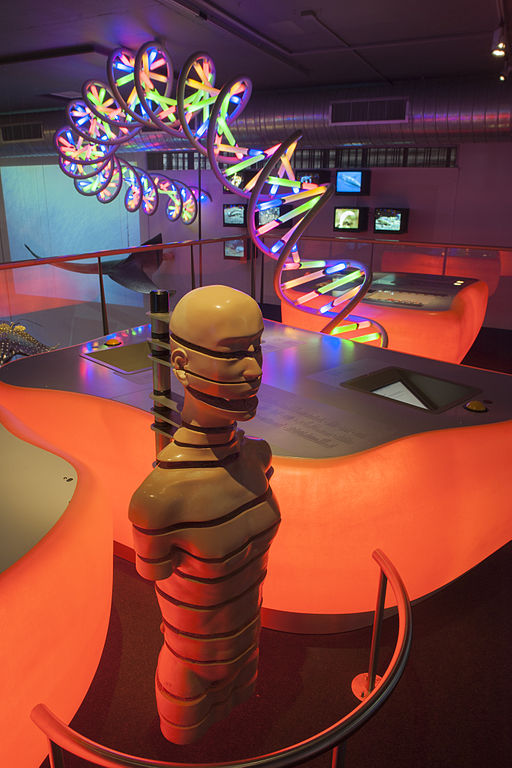Who Gets to Be Perfect?
By Corin Faife,
How We Get To Next [cites CGS' Marcy Darnovsky]
| 09. 26. 2017
Editing the human genome has huge potential for improving health — for those who can afford it
Debojyoti Chakraborty smiles at me from his laboratory in New Delhi.Through the grainy resolution of our video call, I can just make out a button-up shirt and short black hair atop a boyish face; in the background, graduate students in lab coats drift in and out of shot. The CSIR-Institute of Genomics & Integrative Biology, where his lab is based, experiments with reprogramming adult tissue to take on the characteristics of embryonic stem cells, which can then grow into over 200 other cell types.
Chakraborty’s own research team is focused on two human diseases: a rare type of encephalitis and sickle-cell anemia. The latter is an inherited blood disorder, widespread across sub-Saharan Africa and among certain castes and tribal groups in India, in which the hemoglobin protein in red blood cells takes on an abnormal shape. This prevents the blood from carrying oxygen efficiently, leading to organ damage and severe pain. Because of the demographics of its genetic carriers, it disproportionately impacts poorer people...
Related Articles
A Review of Exposed by Becky McClain
“Do not get lost in a sea of despair. Be hopeful, be optimistic. Our struggle is not the struggle of a day, a week, a month, or a year, it is the struggle of a lifetime. Never, ever be afraid to make some noise and get in good trouble, necessary trouble.”
— John Lewis
Becky McClain became famous when she successfully sued Pfizer, one of the very largest pharmaceutical and biotech companies. She...
By staff, Japan Times | 12.04.2025
Japan plans to introduce a ban with penalties on implanting a genome-edited fertilized human egg into the womb of a human or another animal amid concerns over "designer babies."
A government expert panel broadly approved a proposal, including the ban...
By Katherine Long, Ben Foldy, and Lingling Wei, The Wall Street Journal | 12.13.2025
Inside a closed Los Angeles courtroom, something wasn’t right.
Clerks working for family court Judge Amy Pellman were reviewing routine surrogacy petitions when they spotted an unusual pattern: the same name, again and again.
A Chinese billionaire was seeking parental...
By Sarah A. Topol, The New York Times Magazine | 12.14.2025
The women in House 3 rarely had a chance to speak to the women in House 5, but when they did, the things they heard scared them. They didn’t actually know where House 5 was, only that it was huge...




